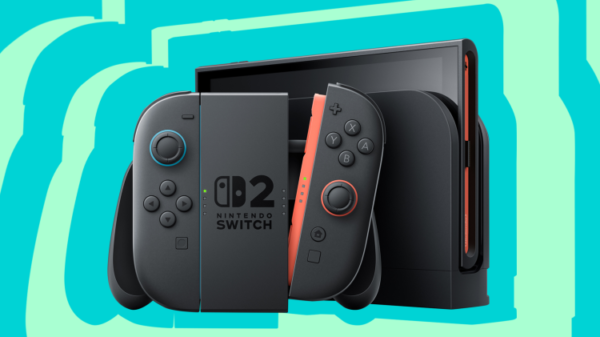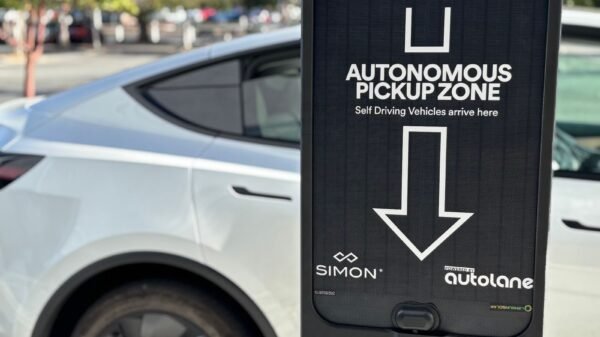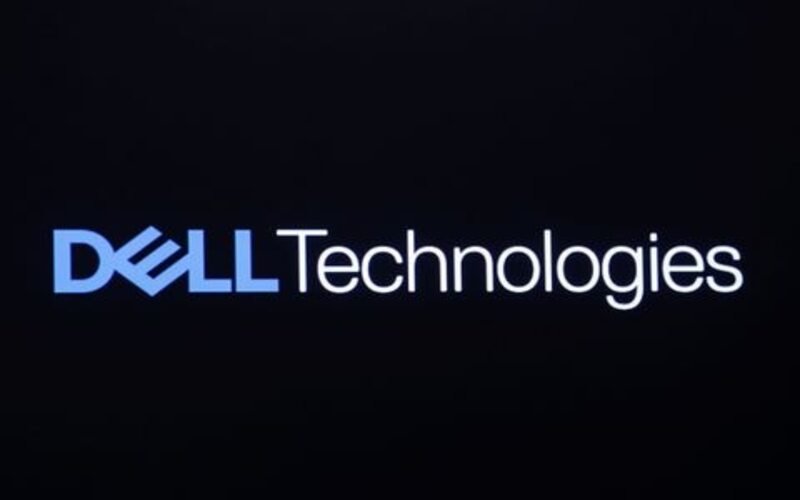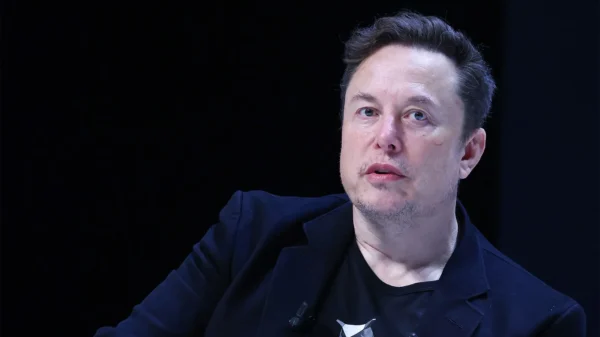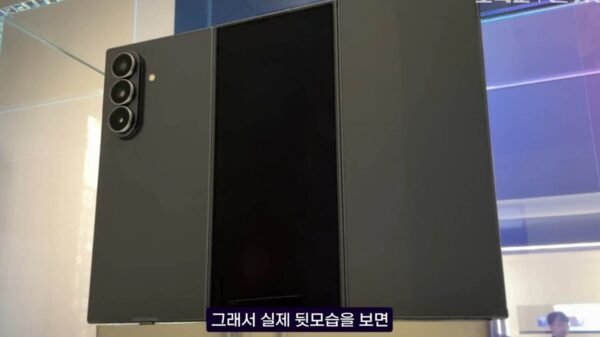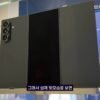The Complexities of Display Manufacturing
Apple’s highly anticipated Vision Pro headset has encountered production obstacles, with the displays being the primary challenge. The headset utilizes cutting-edge micro OLED displays, offering higher pixel density and exceptional visual quality. However, the manufacturing process for these displays presents unique difficulties. Unlike traditional displays that use glass substrates, micro OLED displays are deposited on silicon wafers. While this design choice enhances pixel density, it introduces complexities in the manufacturing process, resulting in increased costs and production issues.
The Costly Journey of Micro OLED Displays
Apple’s Vision Pro headset incorporates two micro OLED displays, and the estimated cost of these displays alone amounts to approximately $700. This significant expense contributes substantially to the overall manufacturing costs of the headset. Currently, Sony is the manufacturer responsible for producing these displays. However, Sony’s hesitation in scaling up production raises concerns regarding the market potential of the Vision Pro headset.
Opportunities for Competitors
Sony’s hesitation to increase production paves the way for potential competitors to establish themselves as prominent suppliers in the micro OLED display market. Companies like Samsung and LG Display could seize this opportunity to contribute to Apple’s Vision Pro headset production. Apple has reportedly approached Samsung Display to explore the development of micro OLED panels for their augmented reality devices. The involvement of additional suppliers would alleviate the production challenges Apple faces.
Yield Rates and Manufacturing Efficiency
The low yield rates that result in suboptimal manufacturing efficiency are one of the main challenges facing the production of the Vision Pro headset. The complex process of depositing micro OLED displays on silicon wafers results in challenges that impact the yield of functional displays. Low yield rates can lead to increased production costs and delays in meeting the demand for the headset. To ensure a smooth production process and improve manufacturing efficiency, Apple and its manufacturing partners will likely invest significant resources in optimizing the yield rates of micro OLED displays.
Implications on Availability and Market Reception
The production challenges faced by Apple in manufacturing the Vision Pro headset have implications for its availability and market reception. Delays in production forecasts and the headset launch have already been experienced due to the device’s complexity and manufacturing issues. These delays may impact the initial availability of the headset and the fulfillment of customer demand. Additionally, the high price tag of $3,499 for the Vision Pro headset reflects the challenges faced in manufacturing, but it also serves as a strategic measure to manage demand. Apple aims to balance meeting market demand and ensuring premium and exclusive positioning for the Vision Pro.
The Path Forward for Apple’s Vision Pro
Apple remains committed to overcoming the production challenges associated with the Vision Pro headset. The company’s reputation for delivering high-quality products and its extensive resources enable it to navigate complex manufacturing landscapes successfully. Collaborative efforts with suppliers and continuous optimization of the manufacturing process will contribute to addressing the display-related obstacles. As Apple resolves these challenges, the Vision Pro headset will likely witness an increase in availability, meeting the demands of technology enthusiasts eager to experience the next frontier of augmented reality.
























